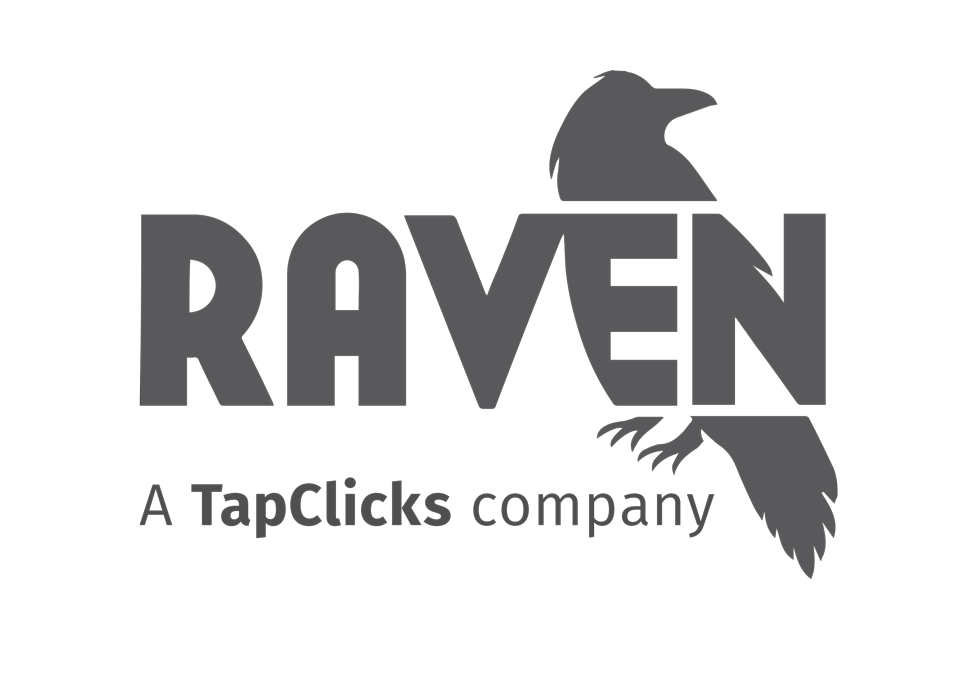What is Nofollow?
Nofollow is a value used with the rel attribute in links. It communicates to search engines that the destination of the link is unknown and/or not trusted.
Nofollow is HTML code that can be added to a link to inform search engines that the link should not be followed or counted as a vote of confidence.
<a rel="nofollow" href="http://spammywebsite123.com/">spammy website</a>
If you have a lot of links from high quality and authoritative sites, your pages will have a better chance of ranking higher in search engine results.
Links on the Internet can be used as signals of quality by search engines. If you’re linking to a page, you likely trust it as a relevant source of information, and search engines take this into account.
For an in-depth breakdown, read our post that digs into the question – What is a backlink?
The concept that links are a vote for another page’s quality is tied to the concept commonly referred to as “link juice” within the SEO community. Links using nofollow communicate to search engines that they should not pass along “link juice” or a vote of quality to the destination’s page or site.
Nofollow was originally developed to combat spam. There are situations where you can’t vouch for links from your website, like links left by visitors in blog comments.
A “dofollow” link is a standard link. All links start as dofollow links without any extra coding.
Links are just one of many ranking factors that affect how well your site ranks in search results. Links may actually become less important to search engines as they develop new techniques for figuring out how to serve the best results to searchers.
The Technical Context of a Nofollow Link
- HTML is the formatting language that dictates how design elements like images and text appear on a webpage.
- The <a> element is an element within HTML that holds the properties of a link, such as where a link should take you.
- The rel attribute is used to show the relationship between the current resource where the link appears the linked resource.
- Nofollow is a value of the rel attribute. It asks search engines not follow a link and to not use the link as a vote of quality for the linked page.
Nofollow Controversies
PageRank Sculpting
PageRank is Google’s algorithm for determining the quality of different websites. To vastly oversimplify how it works, search engines are more likely to put sites with several high quality inbound links higher in search results.
Some SEOs have used nofollow to manipulate how Google sees the quality of different pages within their own website by using nofollow on different internal links. The theory was that you could engage in “PageRank sculpting” by adding nofollow to some links within your site, leaving fewer, higher quality links that passed more “link juice” than before.
Google has since updated its algorithm to counteract PageRank sculpting attempts.
Usefulness
Some SEOs question the point of having a nofollow value at all. They see it as an indicator to search engines that a site in doing SEO, and believe it might be a red herring. Others don’t think it’s the responsibility of webmasters to determine or influence the quality of sites simply because they’re linking to it.
Regardless, Google does encourage the use of nofollow under a number of circumstances.
Nofollow Resources
- Google’s Nofollow Guide
- WordPress.org’s Overview of Nofollow
- Wikipedia’s History of Nofollow
- Discover NoFollow Links with Site Auditor
Nofollow Experts
Synonyms
- Nofollow tag
- Nofollow attribute
- Nofollow link

